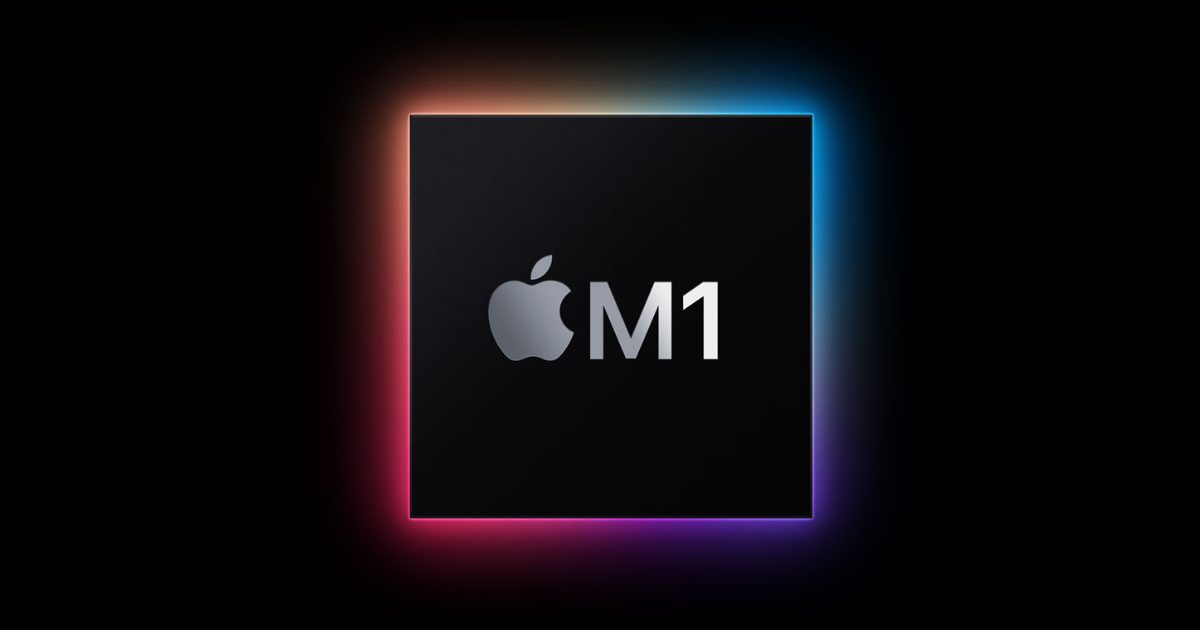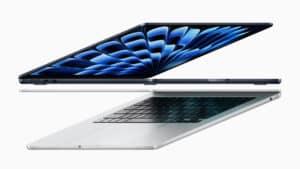There are many reasons why Apple’s M1 Macs are faster than Intel Macs, however, one of the biggest changes is primarily due to how macOS handles QoS or task scheduling on Apple Silicon. The way macOS handles task priority when the system is idle allows it to be instantly responsive when the user needs to perform any task.

QoS on M1 Macs helps make them feel faster than Intel Macs
As covered by Howard Oakley, macOS has five task prioritization levels: background, utility, userInitiated, userInteractive, and a default level which allows macOS to automatically assign priority level if the developer has not assigned one. On Intel Macs, when the system is idle, background tasks can be allocated to any of the available cores in the processor. However, on M1 Macs, during system idle state, background tasks are always allocated to high efficiency ‘Icestorm’ cores, which means that the high-performance ‘Firestorm’ cores remain idle, even if comes at the cost of slow low priority task performance.
The benefit of this QoS change is that when users need to perform any task which has a higher priority, macOS will instantly make the ‘Firestorm’ high-performance cores available since they would already be idle and available due to no background task allocation. This means that opening apps and performing any other mundane tasks seems much more responsive in macOS on M1 Macs, compared to macOS on Intel Macs.
ArsTechnica believes that Apple could have employed the same tactic on Intel Macs as nothing is stopping the company from implementing such as solution despite no high split of high-efficiency and high-performance cores in Intel chips. However, Apple has not made this design choice for Intel chips. Allocating just a few cores to accomplish background tasks on Intel chips might seem beneficial but it might be a waste since there are not potential advantages towards battery saving or efficiency, as per Howard.
This just goes on to show how Apple’s software and hardware integration helps the company in tackling various use cases in a way that competitors cannot. However, with Intel’s upcoming Alder Lake, things could change as it will also have a mix of high-performance and high-efficiency cores.


2 comments